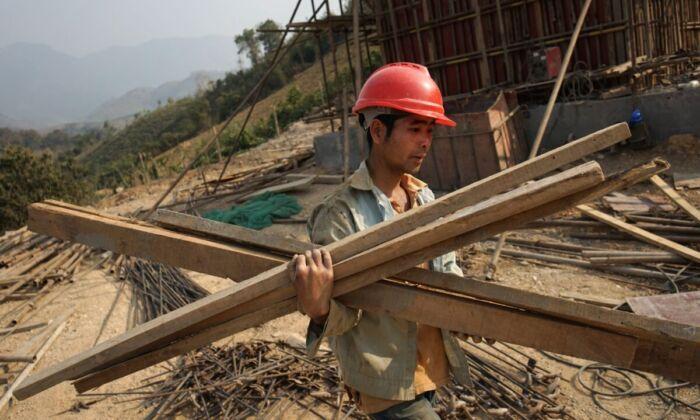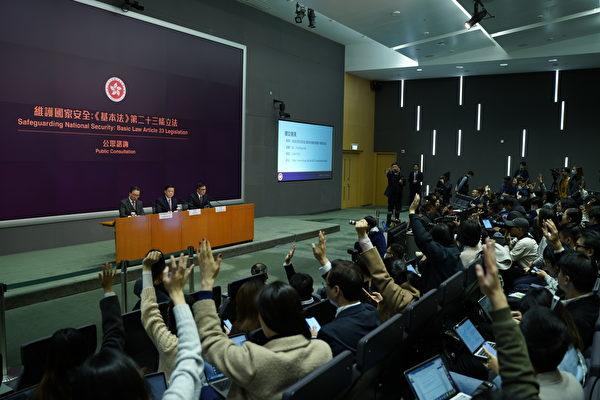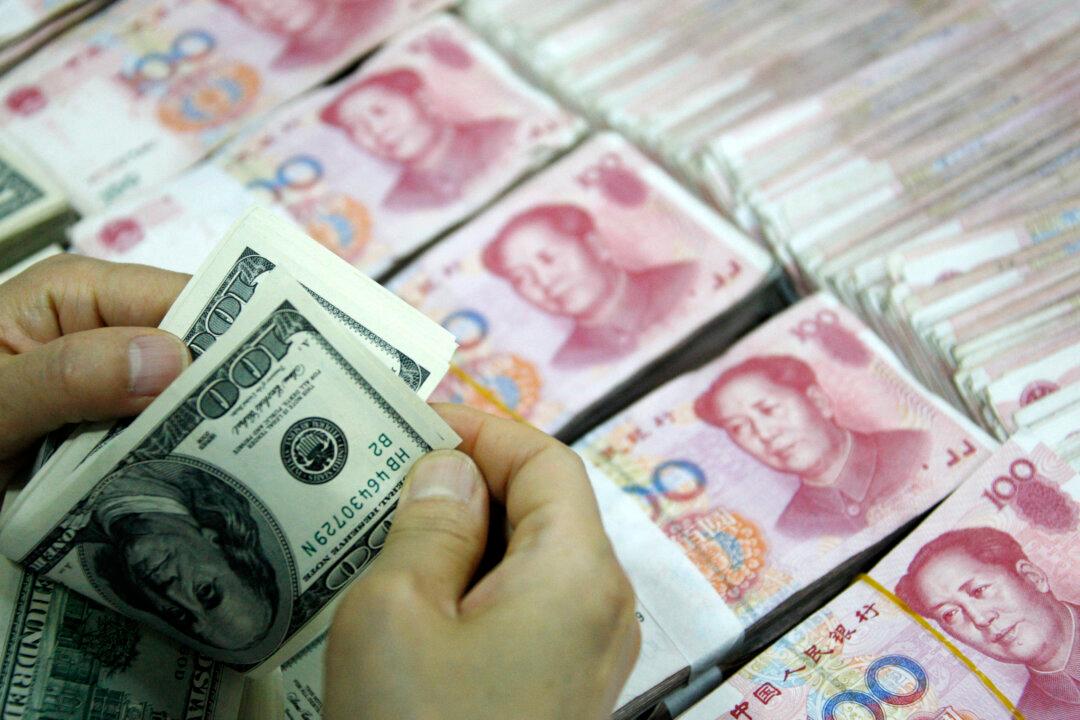China’s Belt and Road Initiative has resulted in debt traps for a number of countries. Laos may have just joined the list with the opening of the China-Laos railway on Dec. 3.
Countries such as Kenya and Ethiopia are already struggling to repay China’s Belt and Road loans, while Laos, a landlocked country, still has great expectations for the Beijing-initiated railway project, hoping that it will energize its agriculture-based economy.
It used to take 2-3 days for goods to be transported from Vientiane, the capital of Laos, to Kunming, China. Now with the 643-mile railway in service, it takes less than 24 hours. For passenger trains, with speeds up to 100 miles per hour, it takes only three hours to travel from Vientiane to the China-Laos border, and arrive in Kunming within 12 hours, according to China’s state media Xinhua News.
Unlike other Southeast Asian countries, Laos is a relatively backward country. Being landlocked with a mountainous topography puts the country at a disadvantage when it comes to trade and transportation. In 2019, Laos was listed by the United Nations as one of the 13 poor countries with the highest risk of debt distress.
The World Bank predicted last year that with supporting reforms, the cross-country railway may help Laos to boost incomes by 21 percent. However, it may take more than ten years for Laos to realize the projected gain, as the supporting developments, such as land development, construction, and equipment, also require a huge amount of capital investment.
Moreover, some experts believe that this infrastructure may cause Laos to fall into the Chinese Communist Party’s (CCP) “debt trap.”
“The total cost of the project is $5.9 billion and it is being financed according to 60:40 debt-to-equity ratio ($3.54 billion of debt and $2.36 billion of equity). Lao-China Railway Company directly secured $3.54 billion of debt financing from China Eximbank, and the Government of Laos and the Chinese Government jointly contributed $730 million and $1.63 billion of equity financing, respectively. In order to make its $730 million equity contribution to the project, the Government of Laos secured a $480 million loan from China Eximbank and agreed to provide $250 million of its own funding (in annual installments),” the report said.
The debt incurred by Laos, $3.54 billion, is close to one fifth of Laos’ 2020 GDP, which was $19.14 billion. If Laos fails to repay its debts, it will have to use its natural resources, such as bauxite and potassium mines, to repay the debt.
Laos’ outstanding debt, most of which is owed to China, is equal to approximately two-thirds of its annual economic output, according to a Dec. 2 report by the Associated Press (AP).
The AP report quoted Greg Raymond, a Southeast Asian expert at Australian National University, as saying,“Laos has put itself in a position where if the railway doesn’t make a profit, then it’s got real debt issues.”
Raymond told BBC that China will have a double benefit from the railway project. First, the line helps to connect China and Southeast Asian countries in its backyard by rail, greatly facilitating China’s access to those countries. Second, China can use the new special economic zone in Laos as a node to control production, supply chain, and consumption.
The newly opened line goes to China in the north, Thailand in the east, Myanmar in the west, Malaysia and Singapore in the south. It is a great help for the CCP to realize its ambition to expand its influence in Southeast Asian countries.






Friends Read Free